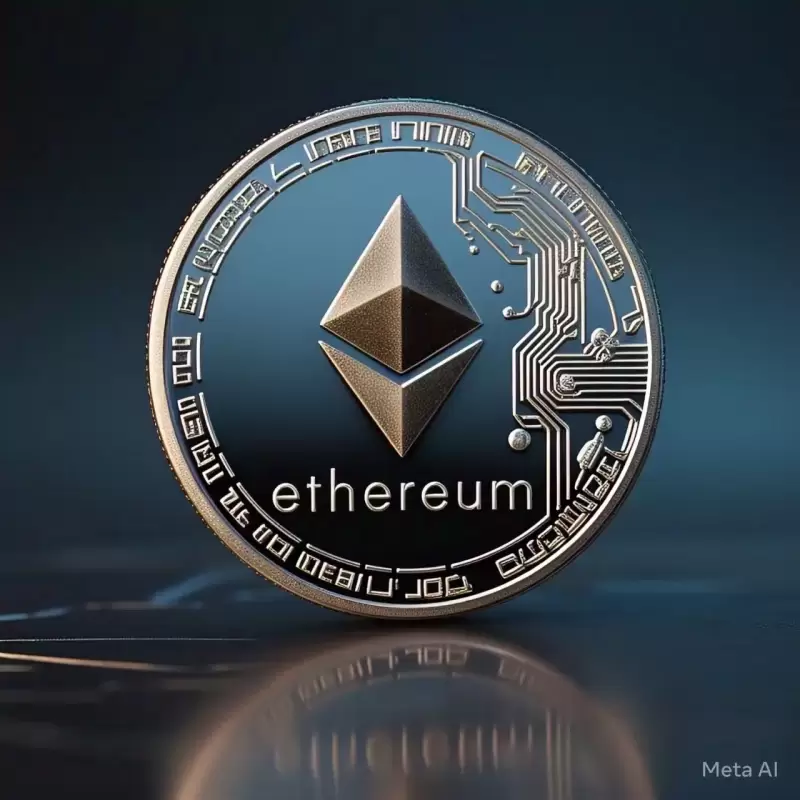 |
|
 |
|
 |
|
 |
|
 |
|
 |
|
 |
|
 |
|
 |
|
 |
|
 |
|
 |
|
 |
|
 |
|
 |
|
几十年来,热手谬论一直被用来证明运气和不稳定的民间故事无法与冷酷的数字相匹敌。但这些数字并不能证明热手只是凭空想象。

NBA superstar Stephen Curry is among the many athletes who insist that the "hot hand" effect is real. But a study from the 1980s claimed to show that the hot hand is a myth. Now, a new analysis of the data suggests that the original study may have been flawed.
NBA巨星史蒂芬·库里是众多坚持认为“热手”效应真实存在的运动员之一。但 20 世纪 80 年代的一项研究声称,“热手”只是一个神话。现在,对数据的新分析表明,最初的研究可能存在缺陷。
The hot hand effect is the idea that players' successes come in streaks—dependent on some mysterious inner quality that ebbs and flows—and when a player’s hand is hottest and they’re “in the zone,” it can feel almost like they can’t miss.
热手效应是指玩家的成功是连续不断的——依赖于某种神秘的内在品质的起伏——当玩家的手最热并且他们处于“区域”时,他们会感觉几乎可以不要错过。
Curry knows a thing or two about a hot hand. He holds the NBA record for making at least one three-pointer in 268 consecutive games. Following a practice one day, he sank 105 three-pointers in a row. In the Hot Ones interview, Curry said the authors of the study “don’t know what they’re talking about at all.” When Curry totaled 60 points in one game, he said, “It’s literally a tangible, physical sensation of all I need is to get this ball off my fingertips and it’s going to go in.”
库里对热手略知一二。他保持着NBA连续268场比赛至少命中1个三分球的纪录。有一天训练结束后,他连续投进了 105 个三分球。在 Hot Ones 的采访中,库里表示这项研究的作者“根本不知道他们在说什么”。当库里在一场比赛中拿下 60 分时,他说道:“这实际上是一种有形的、身体上的感觉,我所需要的就是把球从我的指尖拿开,然后它就会进去。”
The study, “The Hot Hand in Basketball: On the Misperception of Random Sequences,” was written in 1985 by eminent psychologists Thomas Gilovich, Robert Vallone, and Amos Tversky. They allegedly demonstrated through an analysis of basketball shooting data that the hot hand was a myth. Recently deceased Nobel laureate (and Tversky’s chief collaborator) Daniel Kahneman proclaimed, “The hot hand is a massive and widespread cognitive illusion.” In statistical circles, the hot hand study has taken on a metaphorical significance beyond basketball. For decades, the fallacy of the hot hand has been cited to show that folktales of luck and streakiness are no match for cold, hard numbers.
这项名为“篮球热手:论随机序列的误解”的研究由著名心理学家 Thomas Gilovich、Robert Vallone 和 Amos Tversky 于 1985 年撰写。据称,他们通过对篮球投篮数据的分析证明,热手是一个神话。最近去世的诺贝尔奖获得者(也是特沃斯基的主要合作者)丹尼尔·卡尼曼宣称:“热手是一种巨大而广泛的认知错觉。”在统计界,热手研究具有超越篮球的隐喻意义。几十年来,热手谬论一直被用来证明运气和不稳定的民间故事无法与冷酷的数字相匹敌。
But the numbers do not prove the hot hand is a figment of imagination. Economists Joshua Miller of the University of Adelaide and Adam Sanjurjo at the University of Alicante in Spain, used data from multiple different sports, including the same basketball data used by Gilovich, Vallone, and Tversky, to provide robust support for a hot hand. The problem, say Miller and Sanjurjo, lies in the way the original authors analyzed their data and, in particular, a mistake they made about what random data should look like without the influence of a hot hand.
但这些数字并不能证明热手只是凭空想象。阿德莱德大学的经济学家 Joshua Miller 和西班牙阿利坎特大学的 Adam Sanjurjo 使用了多种不同运动的数据,包括吉洛维奇、瓦隆和特沃斯基使用的相同篮球数据,为热手提供了强有力的支持。 Miller 和 Sanjurjo 表示,问题在于原始作者分析数据的方式,特别是他们在没有热手影响的情况下随机数据应该是什么样子的问题上犯了一个错误。
Imagine we’re looking at a chart of hits and misses over some number of shots and trying to find where a shooter might have had a hot hand. Suppose we look for hot-handedness by considering only those attempts that came after a sequence of hits, such as three baskets in a row. These sequences are candidates for being shot with a “hot hand.”
想象一下,我们正在查看一些投篮次数的命中率和未命中率图表,并试图找出射手可能手感不佳的地方。假设我们通过仅考虑一系列命中后的出手(例如连续三个篮筐)来寻找手脚暴躁的情况。这些序列是用“热手”拍摄的候选序列。
Shouldn’t years of testimony from athletes like Stephen Curry count for something?
像斯蒂芬·库里这样的运动员多年的证词难道不应该有价值吗?
However, if there’s no such thing as a hot hand, we might expect the player to have the same success rate in these attempts—the shots after three consecutive makes—as their overall average. Since our working theory is that the previous successes have no predictive power for the next shot, it would seem intuitive that our choice of shots based on what happened right before the hot streak shouldn’t matter at all.
然而,如果没有“热手”这样的东西,我们可能会期望球员在这些尝试中的成功率(连续三次投篮后的投篮)与他们的总体平均水平相同。由于我们的工作理论是,之前的成功对下一次投篮没有预测能力,因此直观地说,我们根据热连胜之前发生的事情选择的投篮根本不重要。
But that’s wrong. By selecting attempts that come after a hot streak and computing a proportion over this subset, we have unwittingly introduced a negative bias into the estimate of the rate of success that could counteract a hot-hand-induced positive effect. In other words, the observed percentage of success-following-success being equal to the rate of success-following-anything, would be evidence for the hot hand instead of against it. The way we selected the data artificially penalized the shooter; their true success rate may have been a few percentage points higher than what we tabulated. So, if our observation matched their usual average, it must be that something else was at work to offset our bias—a hot hand.
但那是错误的。通过选择连续热刺后的尝试并计算该子集的比例,我们无意中在成功率的估计中引入了负偏差,这可能抵消热手引起的积极影响。换句话说,观察到的成功之后成功的百分比等于任何事情之后成功的比率,这将是热手的证据,而不是反对它。我们选择数据的方式人为地惩罚了射手;他们的真实成功率可能比我们列出的高几个百分点。因此,如果我们的观察结果符合他们通常的平均水平,那么一定是有其他东西在起作用,抵消了我们的偏见——一只热手。
If you find yourself doubting this bias exists, you’re in good company, including the esteemed professors who first “debunked” the hot hand. Like other famously counterintuitive examples in probability, such as the Monty Hall Problem—the puzzle of whether to switch doors when searching for a prize on the game show Let’s Make a Deal—the phenomenon acts almost like an optical illusion: Our natural senses tell us something that turns out to be contradicted when we try to confirm it with hard measurement.
如果你发现自己怀疑这种偏见的存在,那么你身边就有很多人,包括那些首先“揭穿”热手的受人尊敬的教授。就像其他著名的违反直觉的概率例子一样,比如蒙蒂·霍尔问题——在游戏节目《让我们做个交易》中寻找奖品时是否要换门的难题——这种现象几乎就像一种视错觉:我们的自然感官告诉我们当我们试图通过硬测量来确认某件事时,结果发现它是矛盾的。
I’ll freely admit that I didn’t believe it either, at first. I only became convinced after I ran 100,000 simulations of 100 random coin flips and tabulated the proportions of heads following streaks of three heads. I knew the coin flips were perfectly random 50/50 processes under any conditions (coins don’t get “hot”). So, if I
我坦率地承认,一开始我也不相信。我对 100 次随机抛硬币进行了 100,000 次模拟,并列出了连续 3 个正面出现正面的比例后,我才确信这一点。我知道抛硬币在任何条件下都是完全随机的 50/50 过程(硬币不会变“热”)。所以,如果我
免责声明:info@kdj.com
所提供的信息并非交易建议。根据本文提供的信息进行的任何投资,kdj.com不承担任何责任。加密货币具有高波动性,强烈建议您深入研究后,谨慎投资!
如您认为本网站上使用的内容侵犯了您的版权,请立即联系我们(info@kdj.com),我们将及时删除。
-

-

- Ripple USD(RLUSD)看到了巨大的提升
- 2025-04-03 17:05:13
- Ripple USD(RLUSD)的提升幅度很大,自4月1日以来发行了超过1亿美元,这是几个月来最高的发行版之一
-

- PI Network成为通过Mobile进行加密民主化的承诺,今天面临着最大的动荡。
- 2025-04-03 17:00:13
- 随着其PI代币危险地接近其历史低谷,将于4月发布超过1.266亿个新令牌。
-

-

- Binance在最新一轮的“投票”计划中再次忽略了PI网络
- 2025-04-03 16:55:13
- Binance在其最新一轮的“投票列表”计划中再次忽略了PI网络。该程序,该程序允许使用二元用户
-

-

-

-




























































